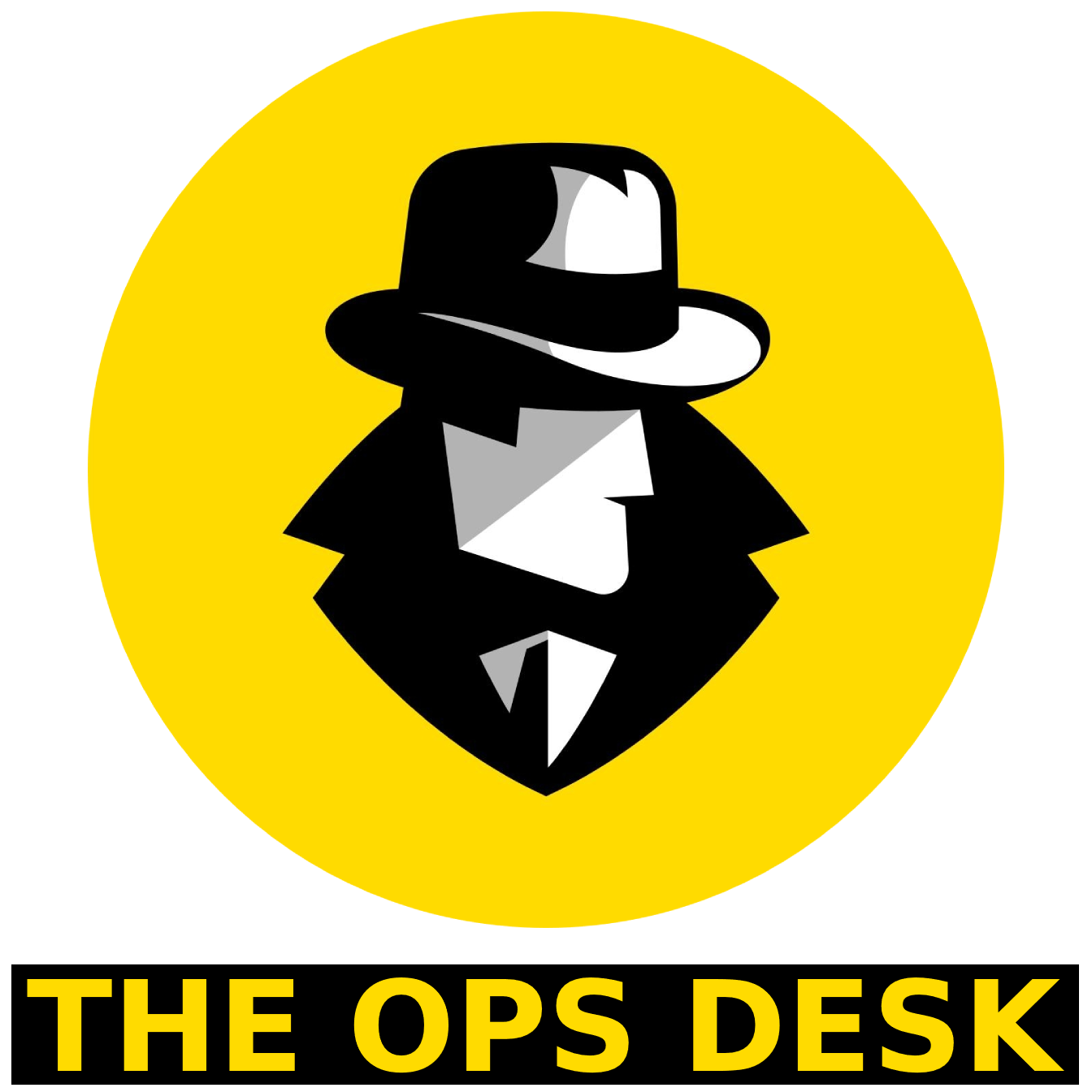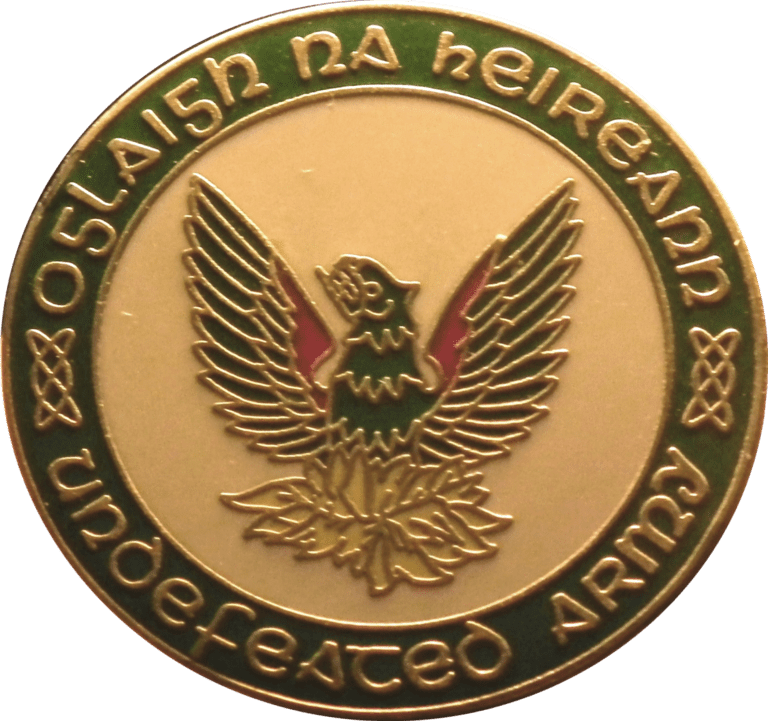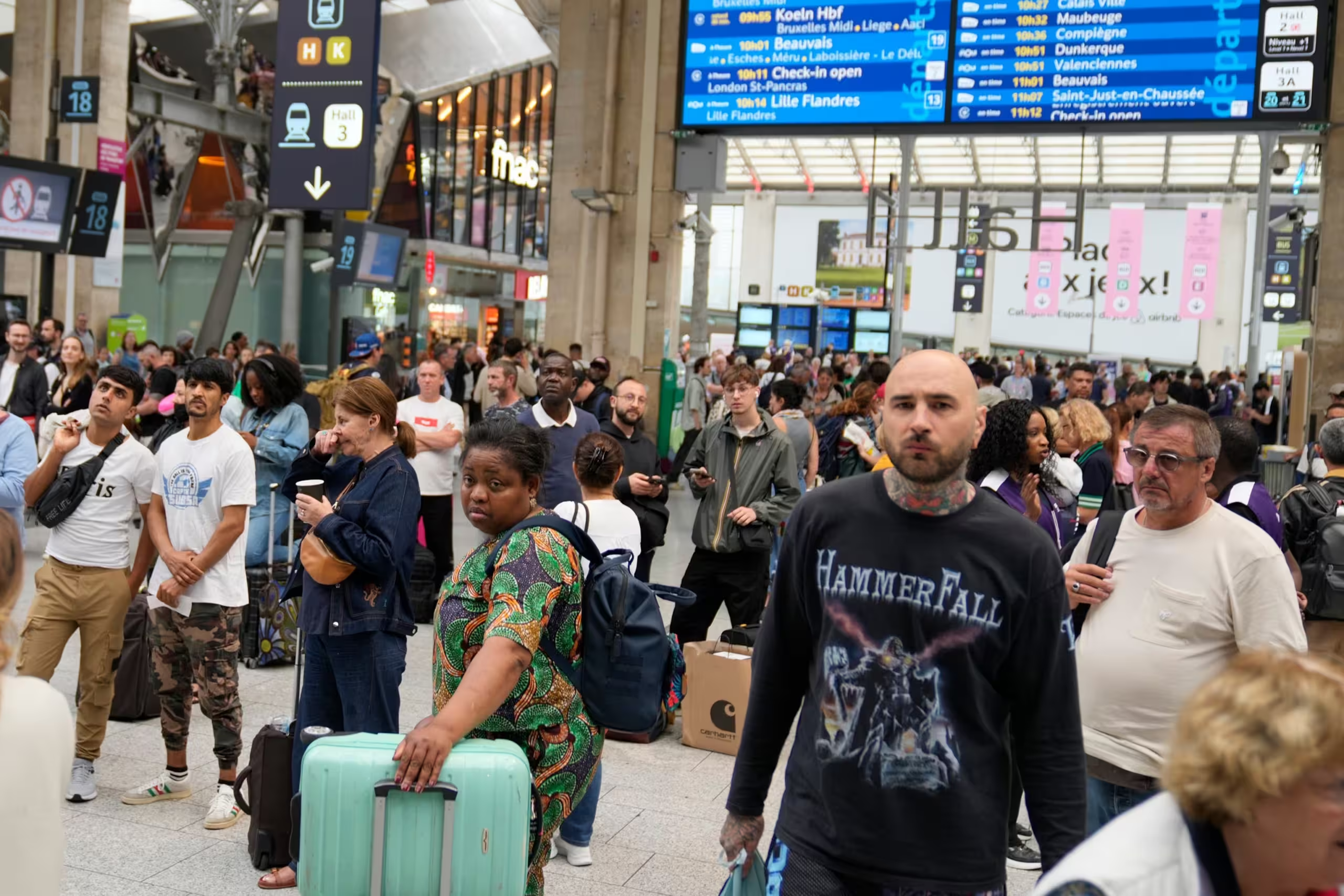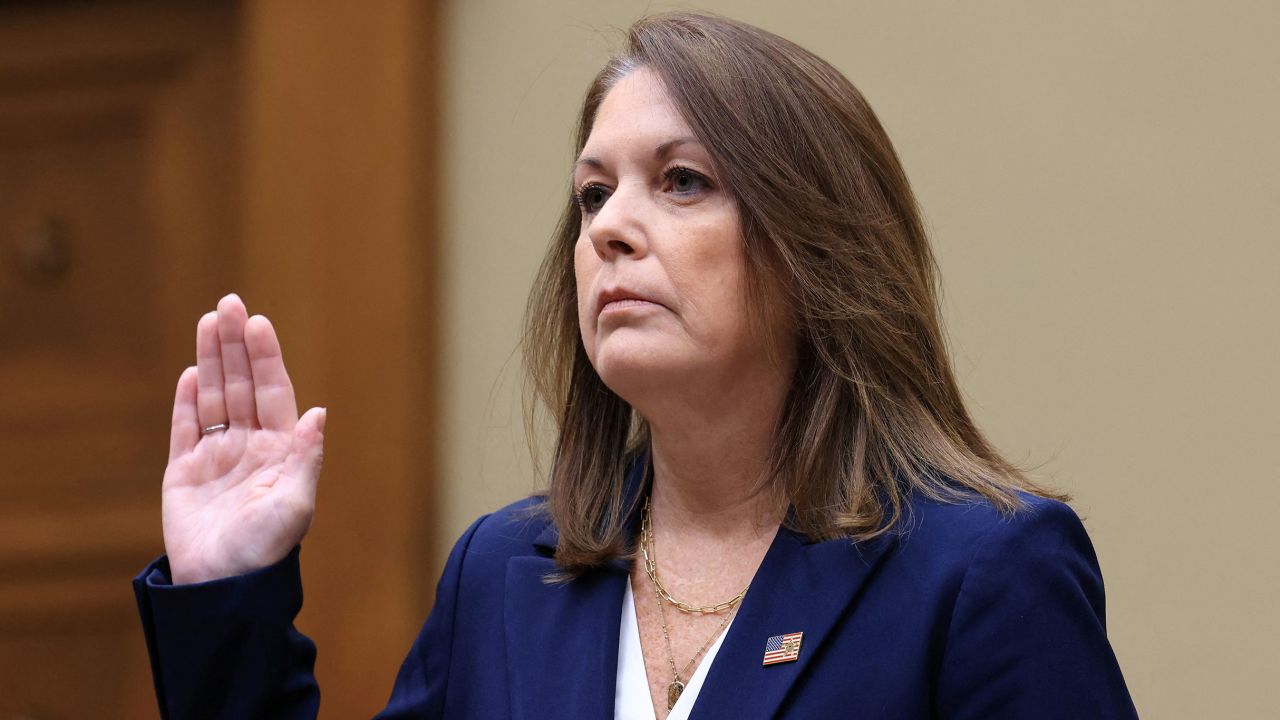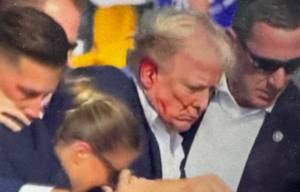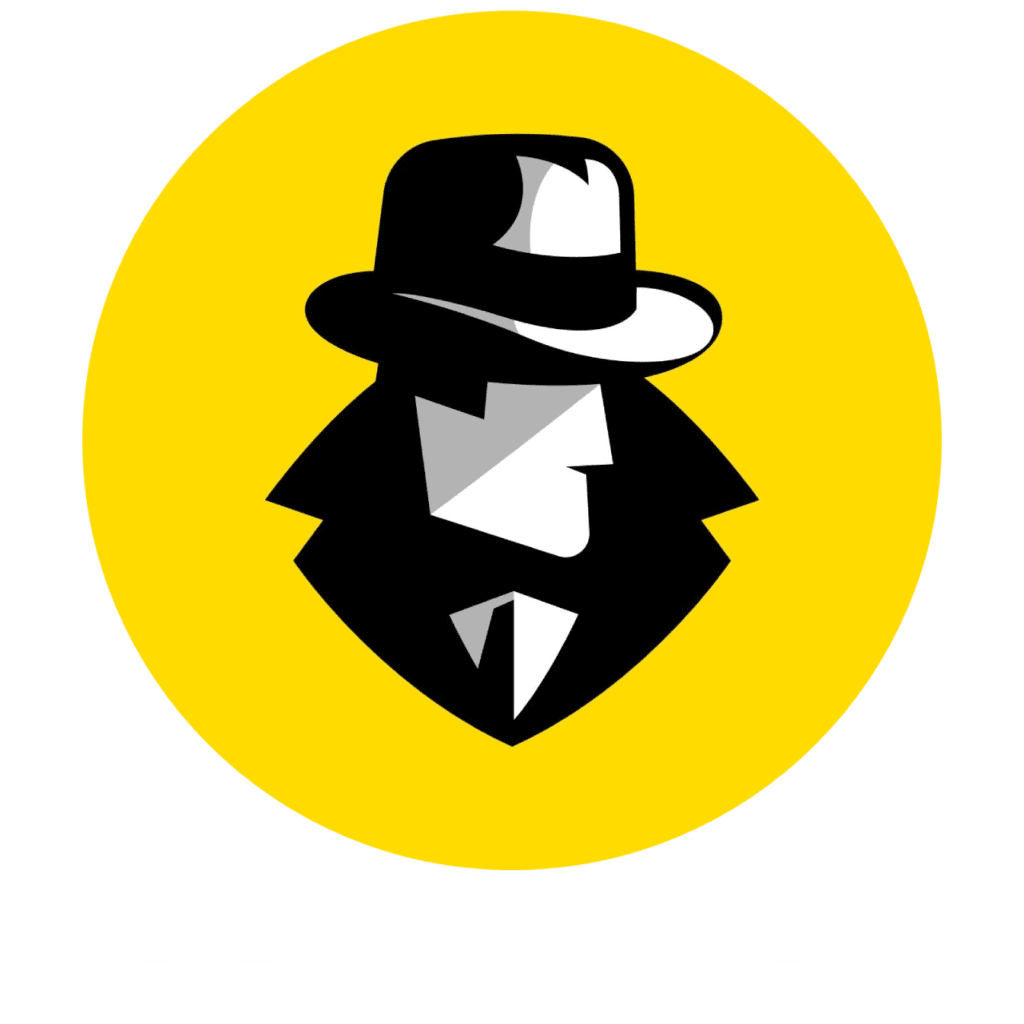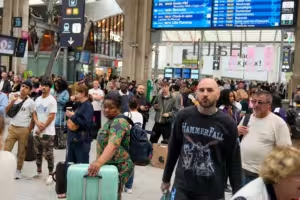On December 6, 1975, four members of the violent Provisional IRA burst into the apartment of middle-aged married couple John and Sheila Matthews at 22b Balcombe Street in London. The men were on the run from the Metropolitan Police and decided that they were cornered.
The four men were members of the “Balcombe Street Gang”, Joe O’Connell, Edward Butler, Harry Duggan and Hugh Doherty, were part of a six-man IRA Active Service Unit that also included Brendan Dowd and Liam Quinn. These men were an integral part of the terror campaign that the Provisional IRA had been carrying out since 1974. Quinn had recently shot and killed Police Constable Stephen Tribble in London while on the run from police officers.
O’Connell, Butler, Duggan, and Doherty were being pursued through the streets after they had fired gunshots through the window of Scott’s restaurant on Mount Street. When they burst into the Matthew’s residence they had run out of places to hide. The police were close behind but stopped when they realized the IRA men had hostages. A standoff ensued with the IRA men requesting a plane and means of escape. Hostage negotiators from Scotland Yard refused the request and both sides settled in as no concessions were made by either side. After six days, and with their supplies running out, the Provisional IRA terrorists finally surrendered.
The surrender was, in part, a result of the combined psychological pressure exerted on the gang by Scotland Yard negotiators and the deprivation tactics used on the four men. They had no food, water, or electricity. The negotiators also used carefully crafted misinformation campaign that was read over the BBC Radio. They had the BBC release news stories that the British Special Air Service was on its way to Balcombe Street to storm the apartment. This seemed to deter the gang and they eventually gave themselves up to the police.
The four men were eventually convicted of a variety of crimes including false imprisonment of the Mathews’ and seven homicides that were a result of the numerous bombings and shootings that they had carried out. The group remained incarcerated until 1998 when they were released following the Good Friday Agreement.
PHOTO BY SHINN FÉIN BOOKSHOP, CC BY-SA 3.0, HTTPS://COMMONS.WIKIMEDIA.ORG/W/INDEX.PHP?CURID=105195061